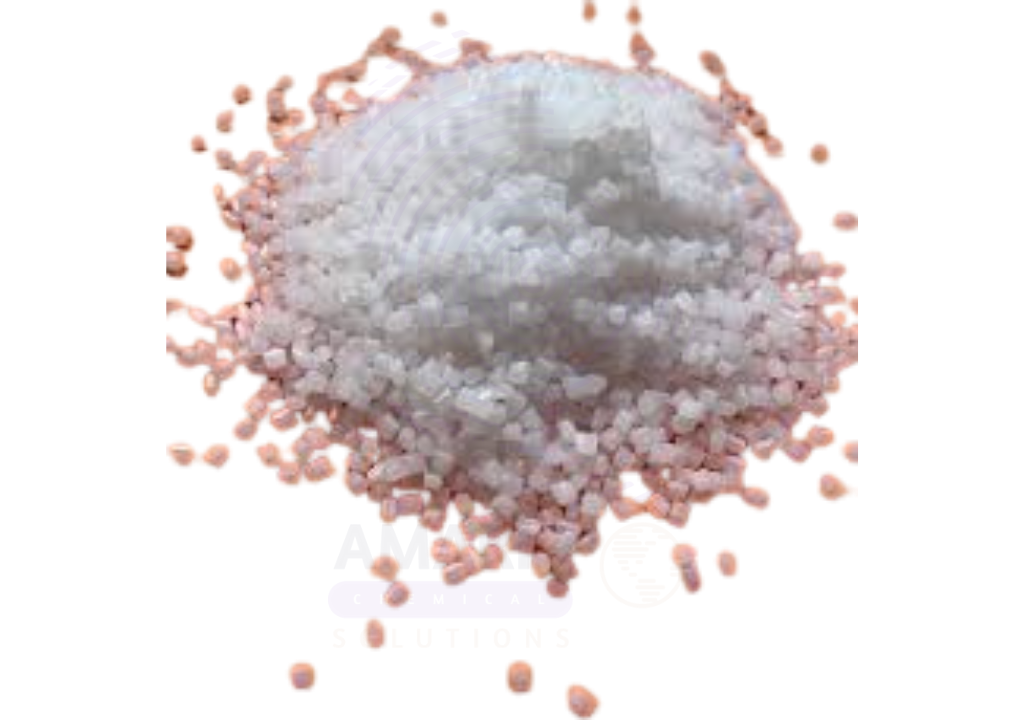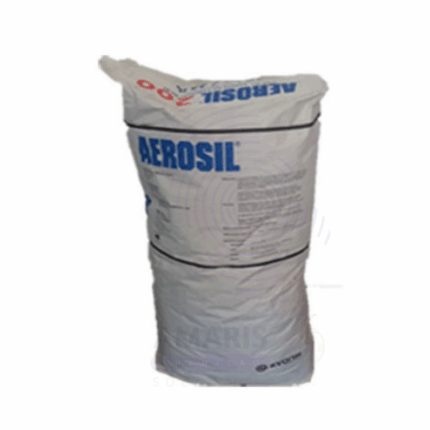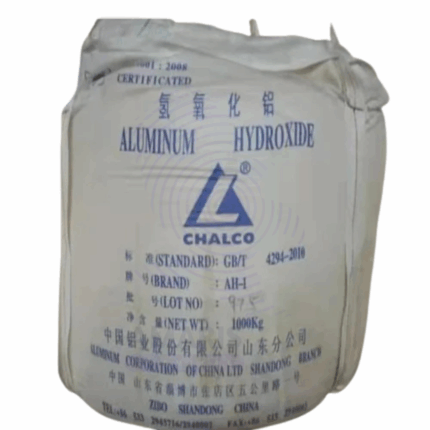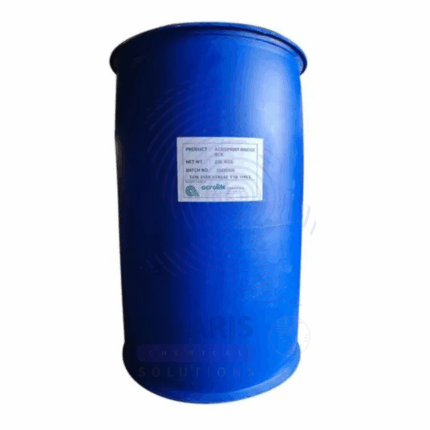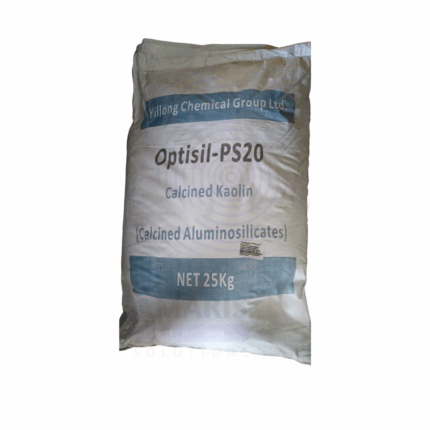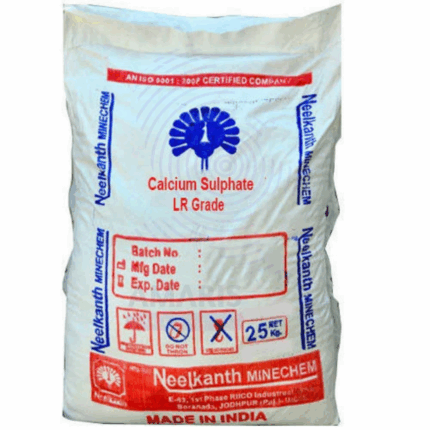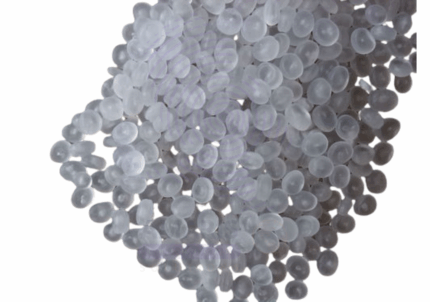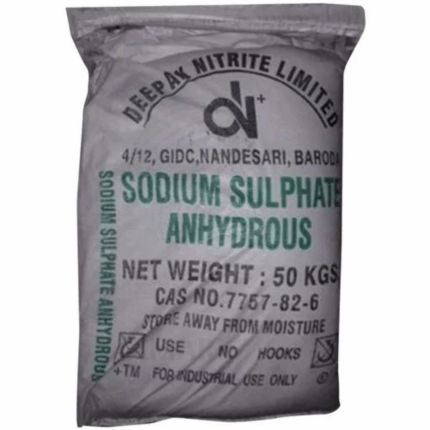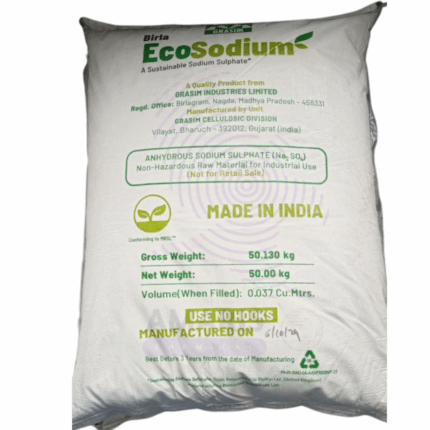Polymer Fiber
Whatsapp Order
Polymer Fiber refers to a wide range of synthetic fibers made from polymer materials such as polypropylene, polyester, nylon, polyethylene, and acrylics. These fibers are engineered for high tensile strength, durability, flexibility, and resistance to chemicals and moisture. Polymer fibers are widely used in construction, textiles, filtration, composites, and industrial applications to improve mechanical properties, enhance structural integrity, and provide specialized functional benefits.
Description
Table of Contents
Toggle
Polymer Fiber
Primary Uses
- Construction Industry
- Used as reinforcement fibers in concrete to improve tensile strength, reduce cracking, and increase impact resistance.
- Incorporated in cement, mortar, and shotcrete mixes for enhanced durability and shrinkage control.
- Applied in geotextiles for soil stabilization and erosion control.
- Textile and Apparel Manufacturing
- Production of clothing, upholstery, carpets, and industrial fabrics.
- Fibers used in non-woven fabrics for hygiene products, medical textiles, and filtration materials.
- Used in sportswear and performance textiles for moisture-wicking and durability.
- Composite Materials
- Incorporated into plastic, resin, and rubber composites to improve mechanical strength and reduce weight.
- Used in automotive, aerospace, and sporting goods manufacturing for enhanced performance.
- Filtration and Separation
- Manufacturing of filter media for air, water, and industrial liquid filtration.
- Used in masks, respirators, and HVAC systems for particle capture and breathability.
- Rope, Cordage, and Netting
- Production of strong, lightweight ropes, nets, and fishing lines.
- Applied in marine, agricultural, and construction sectors.
Secondary Uses
- Medical Applications
- Used in surgical sutures, wound dressings, and implantable devices due to biocompatibility of some polymer fibers.
- Packaging
- Incorporated in fiber-reinforced packaging materials for enhanced strength and protection.
- Home Furnishing
- Used in curtains, draperies, and decorative fabrics for durability and aesthetic properties.
- Electrical and Electronics
- Employed as insulating fibers and in flexible printed circuit materials.
- Agriculture
- Used in plant support nets, crop covers, and erosion control mats.
KEY PRODUCT FEATURES
1. Basic Identification Attributes
- Chemical Name (IUPAC): Varies depending on polymer type (e.g., Polypropylene, Polyester)
- Common/Trade Name: Polymer Fiber (e.g., Polypropylene Fiber, Polyester Fiber)
- CAS Number: Varies (e.g., Polypropylene: 9003-07-0; Polyester: 25038-59-9)
- HS Code: 5503.20.00 (Synthetic staple fibers)
- Synonyms: Synthetic fiber, engineered fiber, reinforcing fiber
2. Physical & Chemical Properties
- Physical State: Solid fibers (staple or filament form)
- Color: Usually white or natural; dyed versions available
- Tensile Strength: High, varies by polymer type (up to 700 MPa)
- Melting Point: Varies (Polypropylene ~160°C; Polyester ~250°C)
- Density: 0.9–1.4 g/cm³ depending on polymer
- Chemical Resistance: Resistant to most acids, alkalis, and solvents
- Moisture Absorption: Low (hydrophobic fibers like polypropylene) to moderate (polyester)
3. Safety & Hazard Attributes
- GHS Classification: Generally non-hazardous; some fine fibers may cause respiratory irritation if inhaled in dust form
- Toxicity: Non-toxic; inert under normal conditions
- Irritation Potential: Minimal; dust may cause mild respiratory irritation
- Flammability: Varies; some polymer fibers are flammable unless treated
4. Storage & Handling Attributes
- Storage Conditions: Store in a dry, cool environment away from direct sunlight and heat
- Container Type: Baled or boxed in plastic-wrapped bundles or cartons
- Shelf Life: Indefinite if stored properly
- Handling Precautions: Use dust masks and gloves in dusty environments; avoid inhalation of fiber dust
5. Regulatory & Compliance Attributes
- Complies with:
- ASTM standards for synthetic fibers in concrete and textiles
- REACH and RoHS for chemical safety compliance
- OEKO-TEX Standard 100 for textiles (if applicable)
6. Environmental & Health Impact
- Biodegradability: Most synthetic polymer fibers are not biodegradable, but some bio-based polymers are emerging
- Ecotoxicity: Low when used and disposed of properly
- Bioaccumulation: Not expected
- Waste Management: Recyclable depending on polymer type; encourages recycling programs
SAFETY HANDLING PRECAUTIONS
Safety Handling Precautions
- PPE Required: Dust mask, gloves, eye protection when handling fiber dust or during processing
- Handling Guidelines: Minimize dust generation; use local exhaust ventilation
- Storage Measures: Keep dry and well-ventilated to prevent mold or fiber degradation
First Aid Measures
- Inhalation: Remove from exposure; seek fresh air; if irritation persists, get medical advice
- Skin Contact: Wash with soap and water if irritation occurs
- Eye Contact: Flush eyes with plenty of water; seek medical attention if irritation continues
- Ingestion: Unlikely; rinse mouth and seek medical help if large quantities ingested
Firefighting Measures
- Fire Hazards: Fibers can be flammable and may produce toxic fumes when burning
- Flash Point: Not applicable for solid fibers; melting/decomposition temperature varies
- Extinguishing Media: Water spray, foam, dry chemical extinguishers
- Special Precautions: Use protective equipment; avoid inhalation of smoke
- Hazardous Combustion Products: Carbon monoxide, carbon dioxide, and potentially toxic gases depending on polymer
Related products
Aerosil 200
$ 6.21
Aluminum hydroxide
Aluminum Hydroxide, chemically known as Al(OH)₃, is a white, odorless, and odorless powder or gelatinous substance. It is widely used in pharmaceuticals as an antacid to neutralize stomach acid and relieve indigestion and heartburn. Beyond healthcare, aluminum hydroxide is a crucial component in water purification, fire retardants, and as a precursor or filler in various industrial applications. It functions as a flame retardant by releasing water upon heating, thus cooling the material and diluting flammable gases. Due to its amphoteric nature, it can react both as an acid and base, enhancing its versatility. Aluminum hydroxide is often utilized in manufacturing aluminum salts and in producing aluminum oxide.
Binder
A binder is a broad category of substances—organic or inorganic—used to hold different materials together in a cohesive mass. Common binders include natural polymers (starch, cellulose derivatives, proteins), synthetic resins (PVA, acrylics, phenolics), and inorganic binders (clays, cement, lime). They are essential in industries such as pharmaceuticals, construction, coatings, ceramics, adhesives, and printing, where they provide structural integrity, adhesion, and controlled release properties.
Calcined Kaolin
$ 1.20
Calcined Kaolin is a fine, white to off-white powder produced by heating natural kaolin clay to high temperatures (typically between 600°C and 900°C) in a controlled process called calcination. This thermal treatment removes chemically bound water, changes the crystalline structure, and enhances the physical and chemical properties of kaolin. The resulting product exhibits increased brightness, hardness, and opacity, making it highly valuable as a functional additive and filler in numerous industrial applications. Calcined Kaolin is widely used in coatings, ceramics, plastics, rubber, paper, and paint industries to improve durability, brightness, and performance.
Calcium Carbonate Filler
Calcium Carbonate Filler is a high-quality, uncoated ground calcium carbonate (GCC) specially engineered for use as a filler in polyethylene (PE) and other polyolefin resins. This grade of calcium carbonate is designed to enhance the physical and mechanical properties of plastics while providing cost-effective bulk and improved processing. It is a fine, white, odorless powder with excellent brightness, high purity, and uniform particle size distribution. Its use improves stiffness, impact resistance, dimensional stability, and surface finish in polyethylene applications such as films, sheets, pipes, and molded parts.
Calcium Sulphate
Calcium Sulphate is an inorganic compound composed of calcium, sulfur, and oxygen, commonly found in two forms: dihydrate (gypsum, CaSO4·2H2O) and anhydrous (CaSO4). It appears as a white or off-white crystalline powder or granules with low solubility in water. Calcium Sulphate is widely used in construction, agriculture, pharmaceuticals, food industry, and various industrial applications. It acts as a filler, hardening agent, and drying agent due to its physical and chemical properties. The dihydrate form (gypsum) is notable for use in plaster and cement, while the anhydrous form is often used as a drying agent and in refractory materials.
PP Raffia RH03( Wooven)
PP Raffia RH03( Wooven) is a woven polypropylene fabric made from homopolymer polypropylene resin, designed for high strength, durability, and excellent dimensional stability. It is widely used in the manufacturing of woven sacks, bags, and other flexible packaging solutions. The woven structure enhances tear resistance and load-bearing capacity, making it suitable for industrial and agricultural packaging applications.
Sodium Sulphate Anhydrous
Sodium Sulphate Anhydrous (Na₂SO₄) is a white crystalline powder, odorless and highly soluble in water. Unlike the decahydrate form (Glauber's salt), this anhydrous grade contains minimal water content, making it ideal for industrial applications requiring low moisture levels. Supplied in 25kg packaging, it is widely used as a filler, drying agent, and raw material in detergents, glass manufacturing, pulp and paper, and chemical synthesis. Its excellent stability, non-hygroscopic nature, and cost-effectiveness make it an essential bulk chemical.


 Preservatives(food)
Preservatives(food) Flavor Enhancers
Flavor Enhancers Acidulants
Acidulants Sweeteners
Sweeteners Antioxidants
Antioxidants Colorants(food)
Colorants(food) Nutraceutical Ingredients (food)
Nutraceutical Ingredients (food) Nutrient Supplements
Nutrient Supplements Emulsifiers
Emulsifiers
 Collectors
Collectors Dust Suppressants
Dust Suppressants Explosives and Blasting Agents
Explosives and Blasting Agents Flocculants and Coagulants
Flocculants and Coagulants Frothers
Frothers Leaching Agents
Leaching Agents pH Modifiers
pH Modifiers Precious Metal Extraction Agents
Precious Metal Extraction Agents
 Antioxidants(plastic)
Antioxidants(plastic) Colorants (Pigments, Dyes)
Colorants (Pigments, Dyes) Fillers and Reinforcements
Fillers and Reinforcements Flame Retardants
Flame Retardants Monomers
Monomers Plasticizers
Plasticizers Polymerization Initiators
Polymerization Initiators Stabilizers (UV, Heat)
Stabilizers (UV, Heat)
 Antifoaming Agents
Antifoaming Agents Chelating Agents
Chelating Agents Coagulants and Flocculants
Coagulants and Flocculants Corrosion Inhibitors
Corrosion Inhibitors Disinfectants and Biocides
Disinfectants and Biocides Oxidizing Agents
Oxidizing Agents pH Adjusters
pH Adjusters Scale Inhibitors( water)
Scale Inhibitors( water)
 Antioxidants(cosmetic)
Antioxidants(cosmetic) Emollients
Emollients Fragrances and Essential Oils
Fragrances and Essential Oils Humectants
Humectants Preservatives
Preservatives Surfactants(cosmetic)
Surfactants(cosmetic) Thickeners
Thickeners UV Filters
UV Filters
 Fertilizers
Fertilizers Soil Conditioners
Soil Conditioners Plant Growth Regulators
Plant Growth Regulators Animal Feed Additives
Animal Feed Additives Biostimulants
Biostimulants Pesticides (Herbicides, Insecticides, Fungicides)
Pesticides (Herbicides, Insecticides, Fungicides)
 Active Pharmaceutical Ingredients (APIs)
Active Pharmaceutical Ingredients (APIs) Excipients
Excipients Solvents(pharmaceutical)
Solvents(pharmaceutical) Antibiotics
Antibiotics Antiseptics and Disinfectants
Antiseptics and Disinfectants Vaccine Adjuvants
Vaccine Adjuvants Nutraceutical Ingredients (pharmaceutical)
Nutraceutical Ingredients (pharmaceutical) Analgesics & Antipyretics
Analgesics & Antipyretics
 Analytical Reagents
Analytical Reagents Solvents(lab)
Solvents(lab) Chromatography Chemicals
Chromatography Chemicals Spectroscopy Reagents
Spectroscopy Reagents microbiology-and-cell-culture-reagents
microbiology-and-cell-culture-reagents Molecular Biology Reagents
Molecular Biology Reagents Biochemical Reagents
Biochemical Reagents Inorganic and Organic Standards
Inorganic and Organic Standards Laboratory Safety Chemicals
Laboratory Safety Chemicals Specialty Laboratory Chemicals(Special Laboratory Equipment)
Specialty Laboratory Chemicals(Special Laboratory Equipment)
 Demulsifiers
Demulsifiers Hydraulic Fracturing Fluids
Hydraulic Fracturing Fluids Scale Inhibitors(oil)
Scale Inhibitors(oil) Surfactants(oil)
Surfactants(oil) Drilling Fluids
Drilling Fluids
 Dyes and Pigments
Dyes and Pigments Bleaching Agents
Bleaching Agents Softening Agents
Softening Agents Finishing Agents
Finishing Agents Antistatic Agents
Antistatic Agents
 Admixtures
Admixtures Waterproofing Agents
Waterproofing Agents Sealants and Adhesives
Sealants and Adhesives Curing Compounds
Curing Compounds Concrete Repair Chemicals
Concrete Repair Chemicals Anti-Corrosion Coatings
Anti-Corrosion Coatings
 Surfactants(cleaning)
Surfactants(cleaning) Builders
Builders Enzymes
Enzymes Solvents (Cleaning)
Solvents (Cleaning) Fragrances
Fragrances
 Electronic Chemicals
Electronic Chemicals Catalysts
Catalysts Lubricants
Lubricants Photographic Chemicals
Photographic Chemicals Refrigerants
Refrigerants Automotive chemicals
Automotive chemicals Pyrotechnic Chemicals
Pyrotechnic Chemicals
 Biodegradable Surfactants
Biodegradable Surfactants Bio-based Solvents
Bio-based Solvents Renewable Polymers
Renewable Polymers Carbon Capture Chemicals
Carbon Capture Chemicals Wastewater Treatment Chemicals
Wastewater Treatment Chemicals
 Pigments
Pigments Solvents(paint)
Solvents(paint) Specialty Coatings
Specialty Coatings Binders/Resins
Binders/Resins Additives
Additives Driers
Driers Anti-Corrosion Agents
Anti-Corrosion Agents Functional Coatings
Functional Coatings Application-Specific Coatings
Application-Specific Coatings
 Fresh Herbs
Fresh Herbs Ground Spices
Ground Spices Whole Spices
Whole Spices Spice Blends
Spice Blends Dried Herbs
Dried Herbs
 Leavening Agents
Leavening Agents Dough Conditioners
Dough Conditioners Flour Treatments
Flour Treatments Fat Replacers
Fat Replacers Decoratives
Decoratives Preservatives(baking)
Preservatives(baking)
 Plasticizers & Softeners
Plasticizers & Softeners Reinforcing Agents
Reinforcing Agents Adhesion Promoters
Adhesion Promoters Vulcanizing Agents
Vulcanizing Agents Antidegradants
Antidegradants Blowing Agents
Blowing Agents Fillers & Extenders
Fillers & Extenders Accelerators & Retarders
Accelerators & Retarders